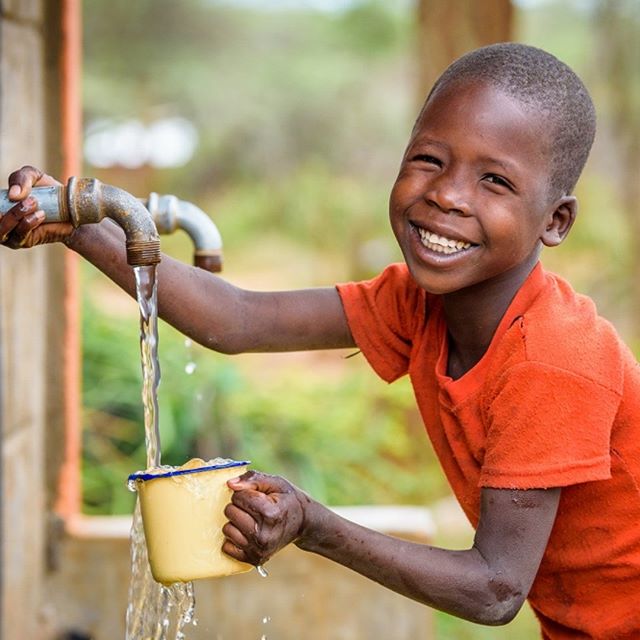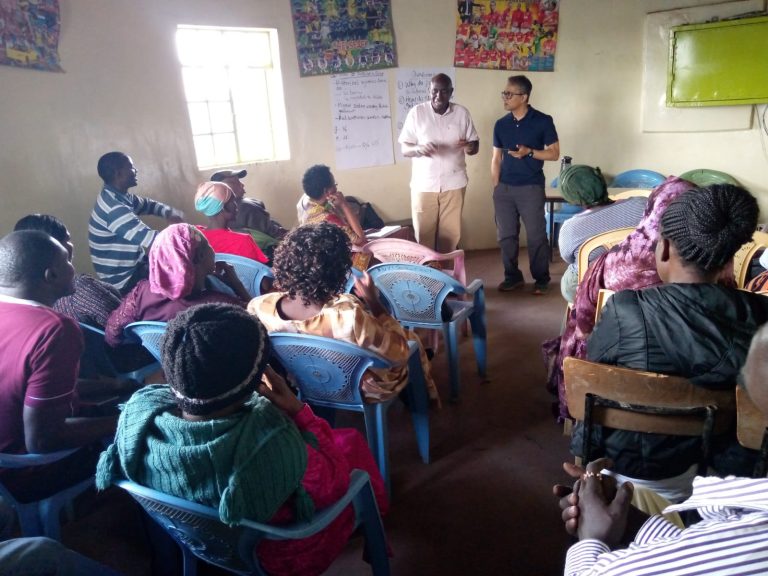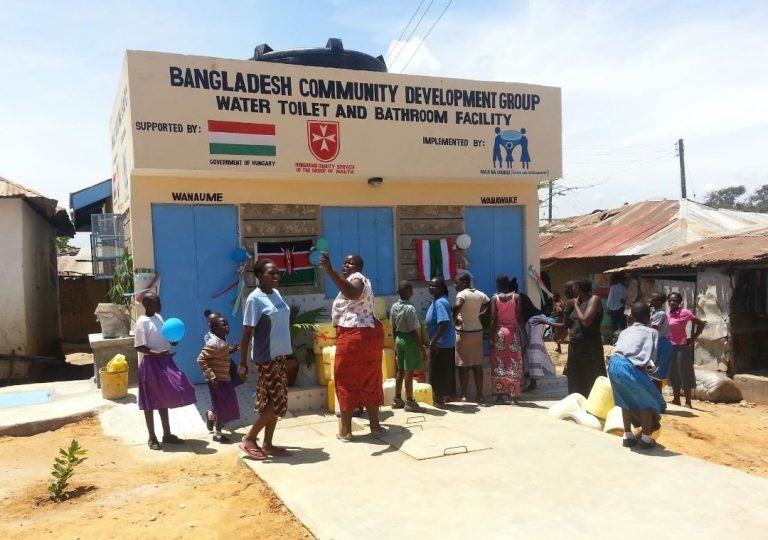Abstract
The WASHEM model brings together County Governments and private sector, with technical support from Maji na Ufanisi, to rehabilitate existing public toilets which are then handed over to rehabilitated youths for management. The partnership also builds new facilities after extensive needs analysis. When building new facilities the County Government provides land while the private sector provides funds. The facilities are built, managed by Maji Na Ufanisi who guarantee the funds invested are recouped by the investor before handing them back to the County Government. MnU signs a Contracts and land lease agreements with the County Government so as to ensure that when County Government administration changes, the WASHEM facility is not affected.
Introduction
Sustainable Development Goal 6 seeks universal access to water and sanitation by 2030. According to UNICEF (2017) , universal implies all settings, not only to households, but also schools, health care facilities, workplaces and other public spaces. Urban informal settlements face daunting WASH challenges coupled with poverty which further limits access to WASH. Maji na Ufanisi has been in the WASH sector for over 22 years working with youth, persons with disabilities, women and the urban poor to advocate for improved WASH services.
Among Maji na Ufanisi’s lasting legacy in the WASH sector in Kenya is the Water, Sanitation and Hygiene Enterprise Model (WASHEM), an innovative approach to funding sustainable WASH practices in urban areas and marginalized rural areas. The WASHEM model is derived from Maji Na Ufanisi’s first pillar “Water supply and sanitation modeling” which promotes the uptake of appropriate models for pro-poor water and environmental sanitation solutions.
The WASHEM model brings together County Governments and private sector, with technical support from Maji na Ufanisi, to rehabilitate existing public toilets which are then handed over to rehabilitated youths for management. The partnership also builds new facilities after extensive needs analysis. When building new facilities the County Government provides land while the private sector provides funds. The facilities are built, managed by Maji Na Ufanisi who guarantees the funds invested are recouped by the investor before handing them back to the County Government. MnU signs a Contracts and land lease agreements with the County Government so as to ensure that when County Government administration changes, the WASHEM facility is not affected.
This twin track approach (PPP and youth rehabilitation) is at the heart of the WASHEM innovation. First is the public-private partnership that allows the private sector to support the government in improving access to services using a social enterprise model. The second track is rehabilitation of youth, women and people living with disabilities (PLWDs) and empowering them through training and gainful employment. Rehabilitated youths are not permanently employed in the WASH facilities. Instead they are trained, mentored and equipped (through group formation and savings) to start their own businesses. Once this is done, a new batch of youth is employed creating a virtuous cycle of empowerment. At the core of the WASHEM model is sustainability.



